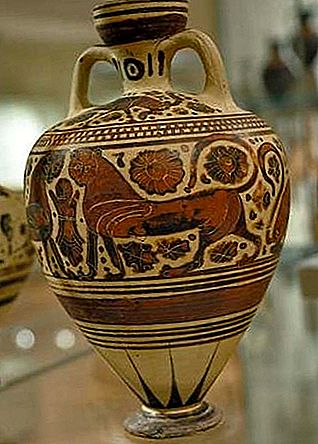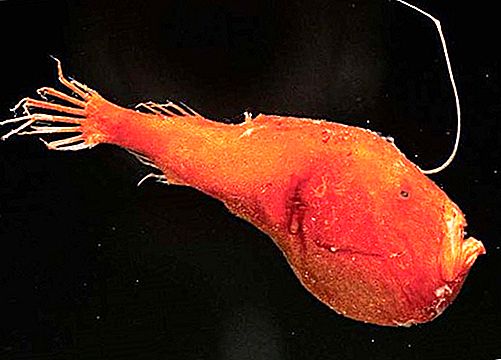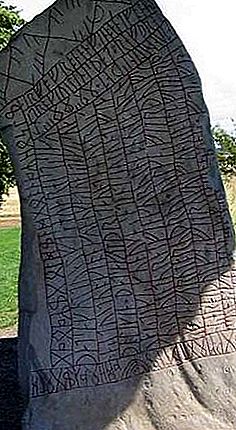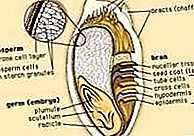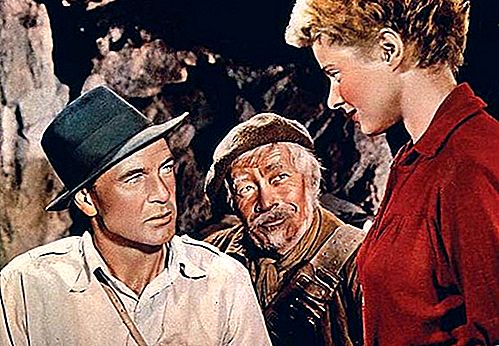Bram Stoker, byname of Abraham Stoker,(born Nov. 8, 1847, Clontarf, County Dublin, Ire.—died April 20, 1912, London, Eng.), Irish writer best known as the author of the Gothic horror tale Dracula.
Although an invalid in early childhood—he could not stand or walk until he was seven—Stoker outgrew his weakness to become an outstanding athlete and football (soccer) player at Trinity College (1864–70) in Dublin, where he earned a degree in mathematics. After 10 years in the civil service at Dublin Castle, during which he was also an unpaid drama critic for the Dublin Evening Mail (later the Evening Mail), he made the acquaintance of his idol, the actor Sir Henry Irving, and, from 1878 until Irving’s death 27 years later, Stoker acted as Irving’s manager, writing as many as 50 letters a day for him and accompanying him on his American tours. Stoker’s first book, The Duties of Clerks of Petty Sessions in Ireland, a handbook in legal administration, was published in 1879.
Turning to fiction late in life, Stoker published his first novel, The Snake’s Pass, a romantic thriller with a bleak western Ireland setting, in 1890. His masterpiece, Dracula, appeared in 1897. The novel is written chiefly in the form of diaries and journals kept by the principal characters: Jonathan Harker, who made the first contact with the vampire Count Dracula; Wilhelmina (“Mina”) Harker (née Murray), Jonathan’s eventual wife; Dr. John (“Jack”) Seward, a psychiatrist and sanatorium administrator; and Lucy Westenra, Mina’s friend and a victim of Dracula who herself becomes a vampire. The story is that of a Transylvanian vampire who, using supernatural powers, makes his way to England and there victimizes innocent people to gain the blood on which he survives. Led by Dr. Abraham Van Helsing—Seward’s mentor and an expert on “obscure diseases”—Harker and his friends, after many hair-raising adventures, are at last able to overpower and destroy Dracula. The immensely popular novel enjoyed equal success in several versions as a play and as a film.
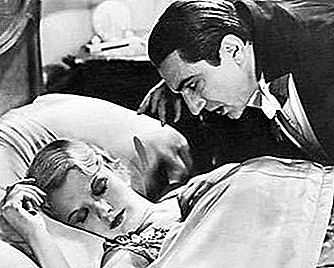
Two years after Stoker’s death, his widow, Florence Stoker, published as part of a posthumous collection of short stories Dracula’s Guest, which, most contemporary scholars believe, text editors had excised from the original Dracula manuscript. In 2009 Dacre Stoker (great grandnephew of the author) and Ian Holt produced Dracula: The Un-Dead, a sequel that is based on the novelist’s own notes and excisions from the original. The sequel, which shuns the epistolary style of the first Dracula for traditional third-person narrative, is a thriller set in London in 1912, and it features Bram Stoker as a character.
Stoker wrote several other novels—among them The Mystery of the Sea (1902), The Jewel of Seven Stars (1903), and The Lady of the Shroud (1909)—but none of them approached the popularity or, indeed, the quality of Dracula.


